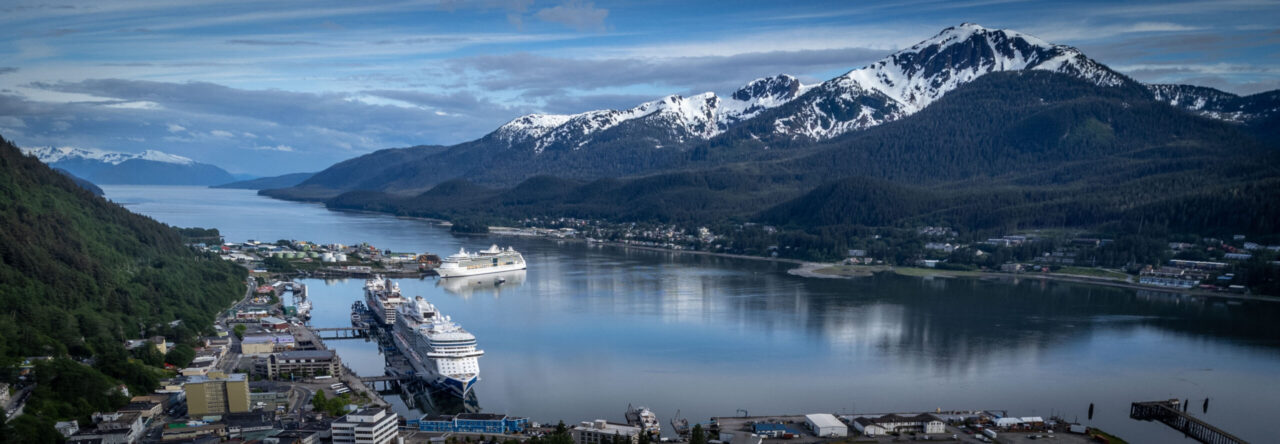
As travelers, we’re constantly seeking to capture the essence of the places we explore – the sights, sounds, and stories that make each destination truly unique. But how can we elevate our travel photography skills to create images that transport viewers and ignite their wanderlust? In this guide, we’ll unveil the secrets to taking photos that do justice to your unforgettable adventures.

Before embarking on your next getaway, take some time to research your destination through a photographer’s lens. Conduct Google image searches to get a sense of the iconic landmarks, vibrant street scenes, and hidden gems worth capturing. This advance scouting will ensure you arrive prepared to seize every photo opportunity that crosses your path.

Whether you’re wielding a cutting-edge DSLR or relying on your trusty smartphone, understanding your camera’s settings and capabilities is crucial. When that fleeting moment arises, you’ll want to be able to quickly adjust focus, exposure, and other settings without fumbling. Practice makes perfect, so get acquainted with your gear before you hit the road.

Few things are more disheartening than having your camera power down or run out of storage space just as the perfect shot presents itself. Avoid this photographer’s nightmare by always carrying spare batteries and empty memory cards or ensuring you have enough storage on your smartphone. Trust us, you don’t want to relive our tale of renting fancy lenses in Alaska, only to discover we had no batteries to power them! Read about that story here.

Frame your shot with a strong focal point, use leading lines to draw the viewer into the scene, and experiment with different angles and perspectives to add depth and interest to your images. Remember to consider elements such as lighting, symmetry, and the rule of thirds to create stunning and impactful landscape photographs that truly convey the natural splendor of your surroundings.

When framing your shots, resist the temptation to cram every element of a scene into the frame. Instead, focus on capturing the essence through simple, thoughtful compositions. Look for striking colors, patterns, shapes, and symmetry that allow the subject to shine. And don’t be afraid to get low or climb high for a fresh perspective that sets your images apart.

While sweeping landscapes and architectural marvels make for breathtaking photos, don’t overlook the people who bring life and authenticity to your destination shots. Whether it’s a local merchant, a street performer, or a fellow traveler, including human subjects can add valuable context and scale. Just be sure to respect privacy and cultural norms.

Every digital photo is an interpretation, so why not refine that interpretation through basic editing? A few simple adjustments like cropping, straightening, and tweaking contrast or saturation can elevate a good shot to a great one. Embrace this craft – even masters like Ansel Adams edited their photos to artistic perfection.

For all the emphasis we place on capturing images, don’t forget to actually experience your travel moments. Periodically, put down the camera and simply breathe in the sights, sounds, and energy around you. Those unfiltered memories will enrich your photography by connecting you more deeply to your subjects.

Capture the essence of your unforgettable travels by transforming your cherished photos into a beautiful photo book or a stunning gallery wall display. Get your photos off your phone or hard drive and relive the magic of new places by showcasing your adventures through these creative and visually captivating ways to share with friends and family.
With these tips in mind, you’re ready to embark on a journey of photographic discovery. Whether exploring ancient ruins or bustling city streets, aim to create images that stir emotions and transport viewers. After all, that’s the magic of travel photography – preserving the spirit of adventure for years to come.
Thanks for stopping by! Check out our Go See Do Explore Podcast, available wherever you listen to podcasts. To read about our recent Italian Adventure, check out our La Dolce Vita Trip Report. To read about some of our previous trips, visit my Trips Page. If you like my photos be sure to “like” my Facebook Page and follow me on Instagram! For my list of gadgets to make your travels easier, click here. To see inside my camera bag, check out my Gear Page.
Pin This:






